Good roofing builds start with good roofing slates.
And while man-made slate has come a long way in recent years, nothing says timeless elegance, durability and longevity like natural roofing slate.
But with so many options currently available on the market, it’s easy to get lost down the rabbit hole.
Now:
If you’ve read our Slate roofing buyer’s guide, you have a general idea of the different types of natural slate, such as Canadian, Brazilian and even Chinese.
Today, we’re going to focus on the two arguably most popular options – Spanish slate vs Welsh slate.
You’re probably wondering:
Is Spanish slate as good as Welsh?
And what is the highest quality slate anyway?
That’s what we’re here to find out! Read on.
Table of contents:
- Understanding the slate industry in Spain
- The benefits of Spanish slate
- Understanding the slate industry in Wales
- The benefits of Welsh slate
- How can you tell the difference between Spanish slate and Welsh?
- Spanish slate vs Welsh slate cost
- Final thoughts on Welsh slate vs Spanish slate
Understanding the slate industry in Spain
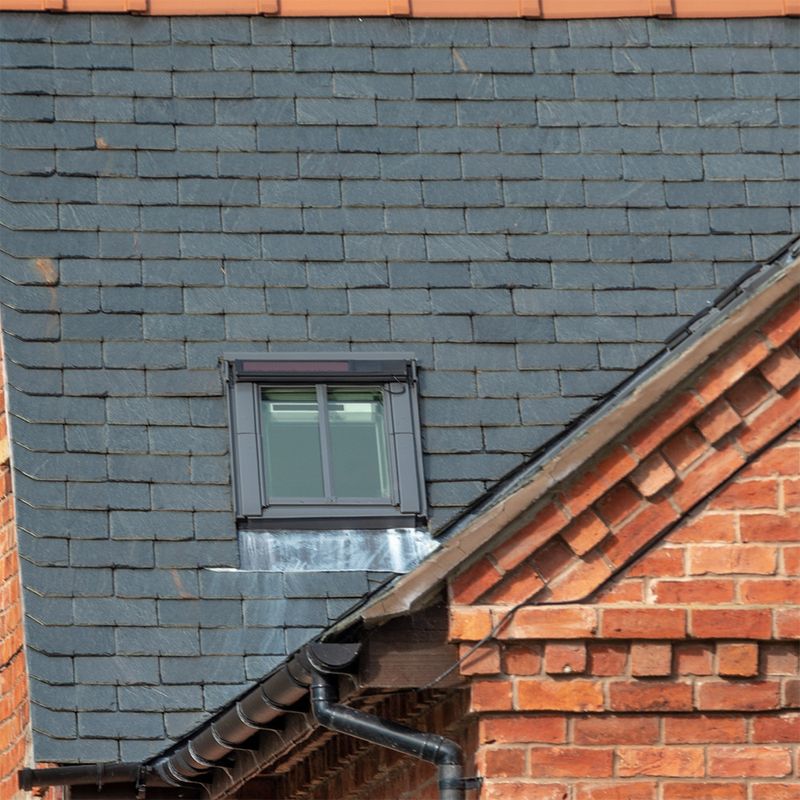
There is a long history of natural Spanish slate being used in Britain as early as the 14th century. Today, Spain produces approximately 90% of the natural slate used in European roofing and as much as three-quarters of all the slate sold worldwide.
This is huge!
The Spanish slate industry consists of approximately 40 quarries, most of which are located in the region of Galicia in the country’s northeast. The main centres are Valdeorras in Ornse, Quiroga and Mondoñedo in Lugo, and Ortigueira in A Coruña. Most Galician slate is extracted from surface quarries rather than mines.
Here’s the extraction process in a nutshell:
Once the excess material, known as ‘overburden’, is taken away, slate is cut into large, flat slabs, which are then divided into smaller blocks of natural slate before being transported to the facility for further cutting.
So, what makes a Spanish slate roof stand out? Let’s find out!
The benefits of Spanish slate
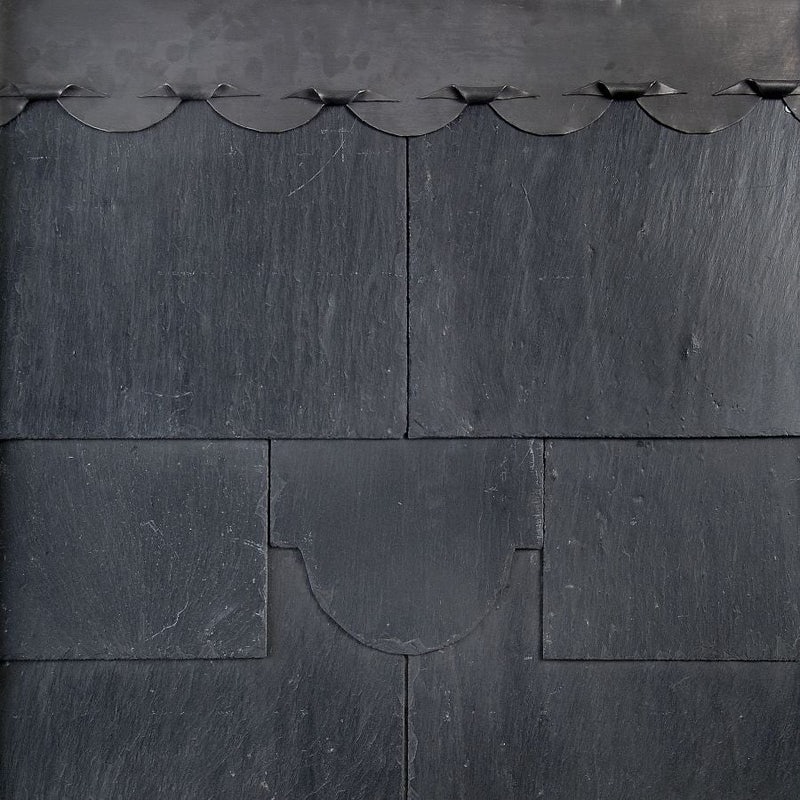
Geologically speaking, most of the natural slate in Spain was formed around 450 million years ago, during the Cambrian, Ordovician and Silurian periods of the Palaeozoic Era. Essentially, it consists of foliated metamorphic rock – primarily quartz, sericite and chlorite.
In terms of lithotype, it’s mostly B1 – fine grain black/grey slate, which is available in various shades of grey, though rarely truly authentic black. It’s homogenous and can be used to manufacture regular tiles, making it easy to use in a wide range of applications.
But wait – there’s more!
Spanish slate is typically thicker than most alternatives. So, it’s able to regulate temperatures better than plain tiles, facilitating a more comfortable indoor environment and helping you save money on your energy bills.
When it comes to different grades, each Spanish slate quarry has slightly different criteria for distinguishing between first grade and second grade.
Here’s the scoop:
First-grade Spanish roof slate (usually called primera in Spanish) is thicker, more uniform and easier to install, making it the preferred choice in contemporary builds. However, it’s more expensive.
In contrast, second-grade Spanish roof slate (called segunda in Spanish), which is typically a byproduct of the split, tends to vary in thickness by a few millimetres and has a slightly rougher texture. As you’d expect, though, it’s more affordable than first-grade slate.
Understanding the slate industry in Wales
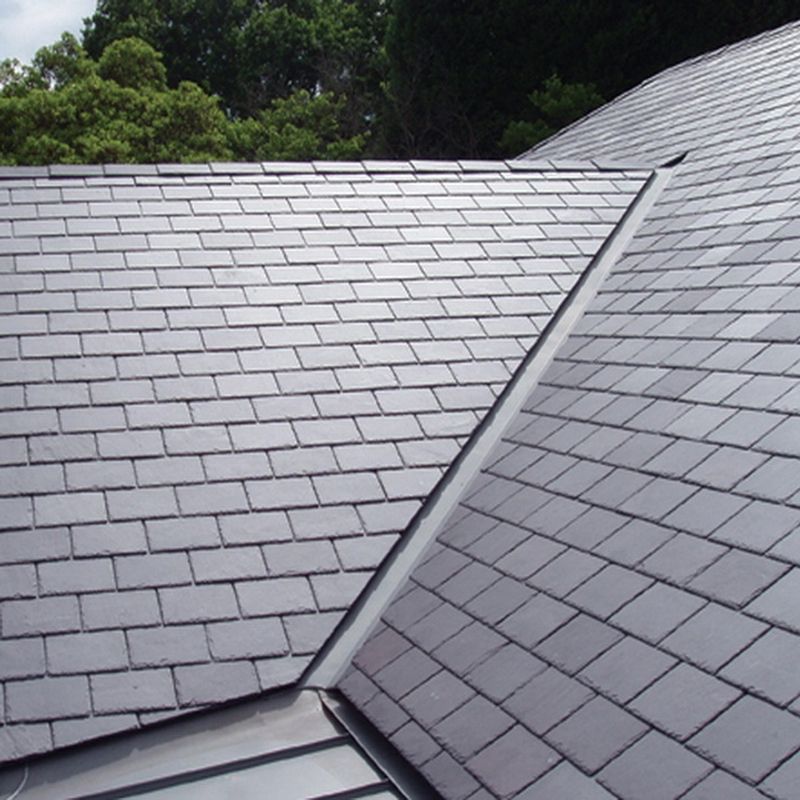
Slate has been quarried and used in Wales for around 2000 years, dating back to the early Roman period. In fact, archaeologists have discovered preserved slate tiles from the Roman fort of Segontium in present-day Caernarfon, which seem to have been reused as late as the 12th century.
So, it should come as no surprise that the famous Welsh blue slate comes from North Wales.
Historically, the quarrying of slate in Wales peaked during the 19th century. By the late 1870s, the annual production figures reached a whopping 450,000 tonnes, surpassing the rest of the United Kingdom, including Ireland, which produced just over 50,000 tonnes.
During that time, Wales accounted for a mind-blowing 92% of the UK’s slate production, with the Penrhyn and Dinorwig quarries alone contributing half of that output.
Following World War II, the number of workers employed in the slate industry in North Wales dropped from ca. 7,600 in 1939 to around 3,500 by 1945. That year, the total annual production was a mere 70,000 tonnes, and the number of operational quarries decreased to fewer than 20, down from the pre-war figure of 40.
Unfortunately, the decline in slate production continued, with Wales producing only 22,000 tonnes in 1970, compared to 54,000 tonnes in 1958. By 1972, the number of employees in the North Wales slate industry had plummeted to less than 1,000, down from an all-time high of 17,000 in the late-19th century.
Despite the industry’s decline, the Penrhyn Quarry, which was a significant contributor to UK slate production, continues to operate today, albeit at a much-reduced capacity compared to its peak in the late 19th century. As of 2022, it accounted for nearly 50% of the country’s slate production.
The story of Welsh slate isn’t simply one of decline and doom and gloom, though.
Check this out:
In July 2021, after more than a decade of development, the slate landscape of Northwest Wales was granted UNESCO World Heritage Site status.
The benefits of Welsh slate
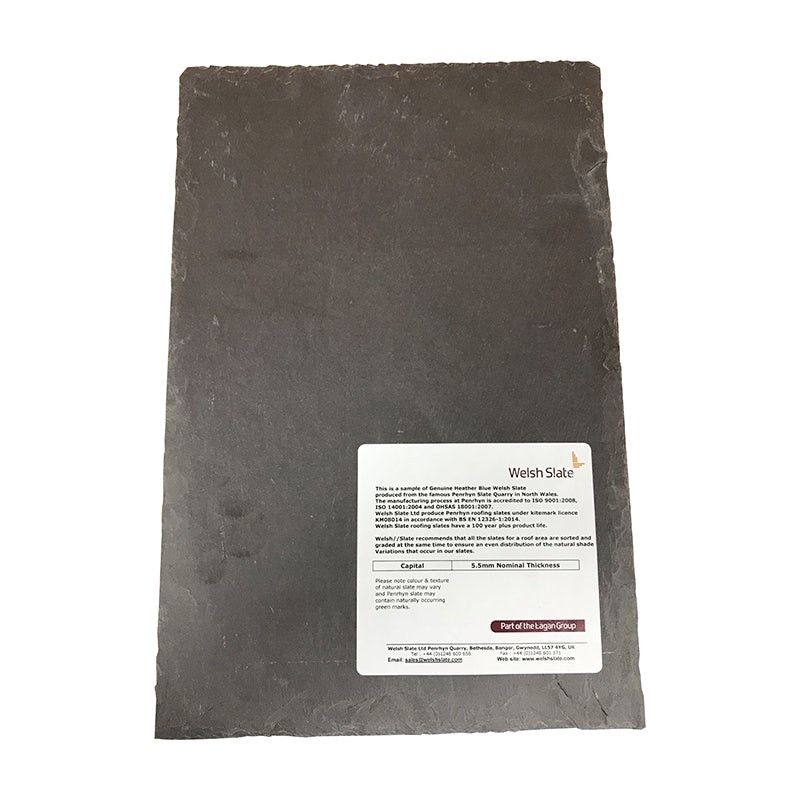
Geologically, Welsh slate was formed as deep-water mudstones between 550 and 470 million years ago, making it older than slate in Spain.
It comes in two lithotypes – B1 in Cwt-y-Bugail, which is blue/grey, and R1 in Penrhyn, which is heather/purple. If you’re looking to make a statement with your home’s roof, you can’t go wrong with Penrhyn slate, which can be quite bright and striking when new!
Still, the colours will change slightly over time while retaining their distinctive natural beauty.
Keep in mind that new Penrhyn slate can be quite expensive, though – so be prepared to part with more than the bare minimum of your hard-earned cash!
That being said, Welsh slate roof tiles have a remarkable shelf life of more than 100 years. So, they’re a wise long-term investment famous all over the world for their longevity and durability.
What’s more:
Welsh slate is especially well suited to the varied, unpredictable British climate. Whether you live in Cornwall or Orkney, you can’t go wrong with it.
Now:
Welsh slate is available in three grades based on the thickness to which it’s produced – Capital, County and Celtic.
Celtic Grade Welsh Slate is the thickest available choice at 9mm thick. Next comes, County Grade Welsh Slate at 7mm thick, followed by Capital Grade Welsh Slate at 5.5mm thick.
In addition to Penrhyn and Cwt-y-Bugail, other famous slate quarries in Wales include Cwmorthin Quarry near Tanygrisiau, which closed in 1997; Rosebush Quarry, which supplied the tiles for the Palace of Westminster; and Dinorwic Quarry in Llanberis, once the second-largest quarry in the world and presently the home of the National Slate Museum.
How can you tell the difference between Spanish slate and Welsh?
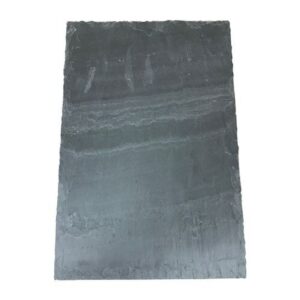
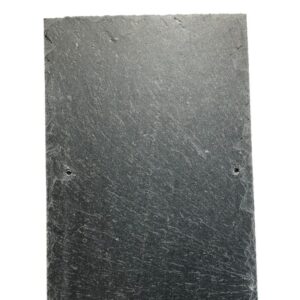
When it comes to Spanish slate vs Welsh slate, the main difference has to do with age. As we’ve seen, Welsh slate is a lot older than Spanish slate – around 100 million years on average, as a matter of fact.
This means that Welsh slates have had much more time to form in the ground. So, they’re a lot denser, sturdier and thicker (5.5mm-9mm vs 4-6mm, depending on grade) than their Spanish counterparts.
Don’t get us wrong:
Spanish slate isn’t brittle by any means – it’s simply better suited to the more clement Mediterranean climate.
Another difference that has to do with geological composition and age is much easier to spot with time.
Quite simply:
Unlike Welsh slates, Spanish slates will tend to discolour more after a few years. As we pointed out earlier, there’s also greater colour variation, to begin with – just grey/black for slates from Galicia vs either heather/purple or blue/grey for slates from North Wales.
Last but not least:
There’s one difference you’ll easily feel in your wallet – the price…
Spanish slate vs Welsh slate cost
Now that we know the history and the current state of the Spanish and Welsh slate industries as well as the various benefits of their products, it’s time to have a closer look at how they compare in terms of pricing.
Spanish slate prices
| Spanish Slate | Size | Price from (ex. VAT) |
| SSQ Monteverde Rustic Grey/Green Spanish Slate Roof Tile | 500mm x 300mm | £1.19 |
| Mocha SS04S Spanish Natural Slate Roof Tile in Blue/Grey | 400mm x 250mm | £1.66 |
| Roofing Superstore Economy T2 Spanish Natural Slate Blue/Grey | 500mm x 250mm | £1.64 |
| Passaro SS55 Mix/First Quality Spanish Natural Slate Roof Tile in Grey | 500mm x 250mm | £2.02 |
| Passaro SS55F First Quality Spanish Natural Slate in Grey | 500mm x 250mm | £2.22 |
| Roofing Superstore Passaro SS56F Ultra Grade Spanish Natural Slate in Blue/Grey | 500mm x 250mm | £2.89 |
| Passaro SS55 Mix/First Quality Spanish Natural Slate Roof Tile in Grey | 600mm x 300mm | £3.75 |
| Liarn SS61S Spanish Natural Slate in Grey | 600mm x 300mm | £3.61 |
| Passaro SS55F First Quality Spanish Natural Slate Roof Tile in Grey | 500mm x 375mm | £6.30 |
| Passaro SS55 Mix/First Quality Spanish Natural Slate Roof Tile in Grey | 600mm x 450mm | £9.06 |
Welsh slate prices
| Welsh Slate | Size | Price from (ex. VAT) |
| Cwt Y Bugail Capital Grade Welsh Slate Roof Tile Blue/Grey Non-Holed | 400mm x 200mm | £3.85 |
| Cwt Y Bugail Capital Grade Welsh Slate Roof Tile in Blue/Grey | 400mm x 250mm 400mm x 300mm | £4.69 |
| Penrhyn County Grade Welsh Slate Roof Tile in Heather Blue | 400mm x 250mm 400mm x 375mm 500mm x 250mm 500mm x 300mm 500mm x 375mm 500mm x 450mm 550mm x 300mm | £5.44 |
| Penrhyn Capital Grade Welsh Slate Roof Tile in Heather Blue | 400mm x 250mm 400mm x 300mm 400mm x 375mm 400mm x 450mm 500mm x 250mm 500mm x 300mm 500mm x 450mm 600mm x 300mm | £5.81 |
| Cwt Y Bugail County Grade Welsh Slate Roof Tile in Blue/Grey | 500mm x 250mm | £7.80 |
As you can see, Spanish slate roof tiles tend to be cheaper than Welsh roofing slate on average.
On the other hand, Welsh slate offerings tend to be higher grades. They’re also available in a wider array of formats and sizes, making them much more versatile.
Key takeaway:
At the end of the day, it’s up to you to decide whether it’s worth paying a bit more for a Welsh slate roof.
Final thoughts on Welsh slate vs Spanish slate
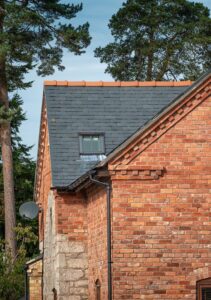
Tradespeople and other construction industry professionals often refer to natural Welsh slate as the ‘Rolls Royce of slate’ – the best there is.
The thing is:
Its reputation is second to none, and it’s certainly stood the test of time. In some historic buildings, such as churches, Welsh slate roof tiles are routinely reused with new timber after hundreds of years!
Unfortunately, Welsh slate also tends to come with a price to match its reputation.
And this is exactly where Spanish slate comes in:
It’s established itself as a perfectly viable cost-effective alternative, as demonstrated by its widespread use all over the world.
The good news is:
Now that you know all there is to know about Spanish slate vs Welsh slate – from history to lithotypes to current prices – you’re in a great place to make the right choice for your next roofing project.






















